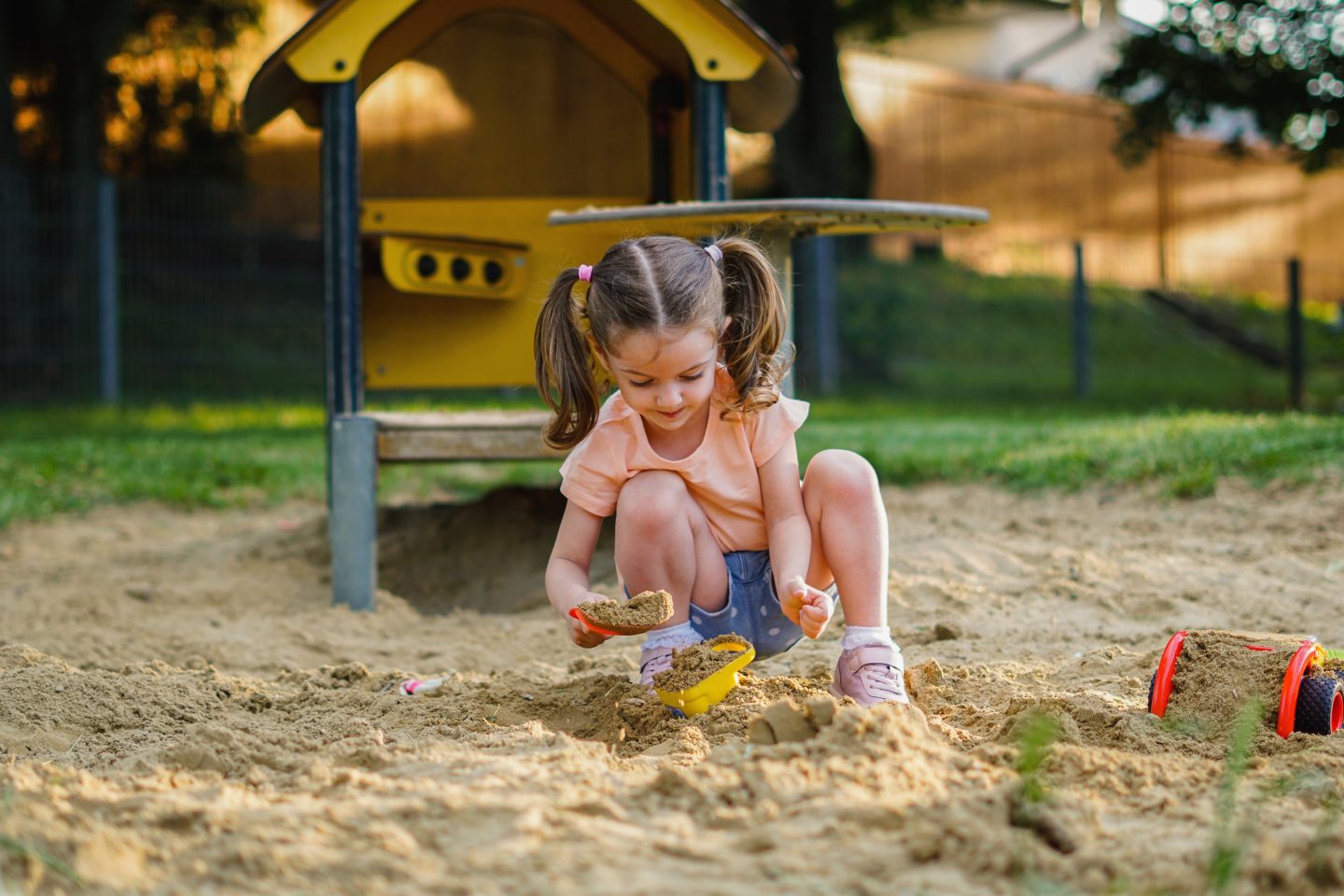
Playgrounds are spaces where children can unleash their boundless energy, foster social connections, and develop physical and cognitive skills. However, safety should always be a paramount concern when it comes to these spaces. Regular inspection of playgrounds can help prevent accidents and ensure that children can play without unnecessary risks. In this article, we’ll discuss how to check if a playground is safe, whether you’re a parent, caregiver, or community member.
1. Visual Inspection
Start by visually assessing the playground for any immediate safety concerns:
- Surface Condition: Examine the ground surface. It should be soft and impact-absorbing, such as wood chips, rubber mulch, sand, or synthetic turf. Ensure there are no gaps or uneven spots that could cause tripping.
- Play Equipment: Look for broken or damaged parts on play structures. Inspect swings for cracks or fraying ropes, and check slides for sharp edges or rust.
- Surroundings: Ensure there are no hazards near the playground, such as broken glass, litter, or sharp objects.
- Age-Appropriateness: Verify that the equipment is suitable for your child’s age group. Playgrounds often have areas designated for toddlers, preschoolers, and older children.
2. Stability and Structure
Give the playground equipment a gentle shake to test its stability. Equipment should not wobble excessively, and there should be no loose bolts or protruding parts. Pay attention to:
- Guardrails and Handrails: These should be intact and the right height to prevent falls.
- Platform and Steps: Check for any loose boards or steps that might be a tripping hazard.
- Swing Set Frames: Ensure that swing sets are securely anchored and that the frames are stable.
3. Safety Features
A safe playground includes various safety features:
- Safety Surfacing: Verify that there is sufficient safety surfacing beneath all play equipment to cushion falls. This surfacing should extend at least 6 feet in all directions from the equipment.
- Barriers: Look for barriers or railings on elevated platforms to prevent accidental falls.
- Exits: Ensure that there are multiple safe exit points from play structures, including ladders and slides.
4. Maintenance
Maintenance is key to keeping a playground safe. Contact the relevant authorities or facility management if you notice:
- Worn or Faded Paint: Paint should be in good condition to prevent splinters and rust.
- Rust: Rust should be removed and surfaces repainted to prevent injury.
- Broken or Missing Parts: Any broken or missing parts should be replaced promptly.
5. Weather Considerations
Keep in mind that weather conditions can affect playground safety:
- Hot Surfaces: In hot weather, metal slides and equipment can become scorching. Test surfaces with your hand to ensure they are not too hot for play.
- Snow and Ice: After winter weather, inspect for ice or snow accumulation on equipment, which can pose slip and fall hazards.
6. Supervision
Remember that adult supervision is essential for playground safety. Even with safe equipment and surroundings, children should be watched closely to ensure they use the equipment properly and avoid risky behavior.
Conclusion
Playgrounds are vital for children’s physical and social development, but ensuring their safety should always be a top priority. Regularly checking for potential hazards, conducting maintenance, and practicing vigilant supervision can help create a safe and enjoyable environment where children can play freely and without worry. By following these guidelines, you can contribute to the well-being of your community’s children and promote safe and healthy play.
